 Classic And Vintage Car Lovers, Rejoice! Import Policy Now Relaxed
Classic And Vintage Car Lovers, Rejoice! Import Policy Now Relaxed
 Royal Enfield Shotgun 650 Limited Edition Launched
Royal Enfield Shotgun 650 Limited Edition Launched

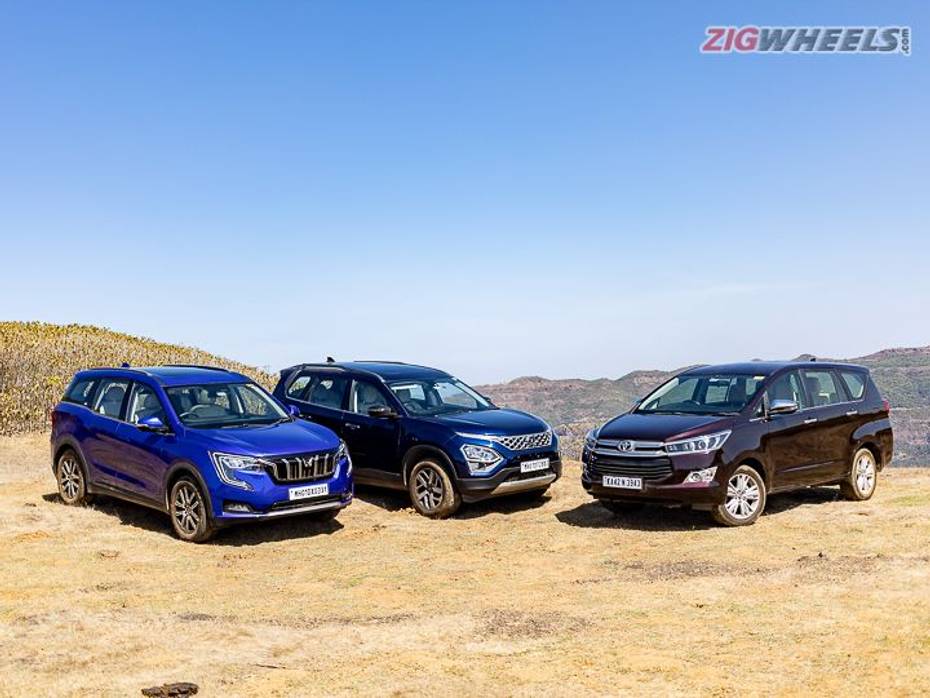
Off-roading = SUVs.
This equation has taken roots in our psyche, so much so that we would differ (and vehemently so) with anyone who thinks otherwise. Even with SUVs, conventional wisdom is that ladder-frame models far outweigh monocoque chassis-based peers. But is that something that's set in stone, or are there exceptions to it?
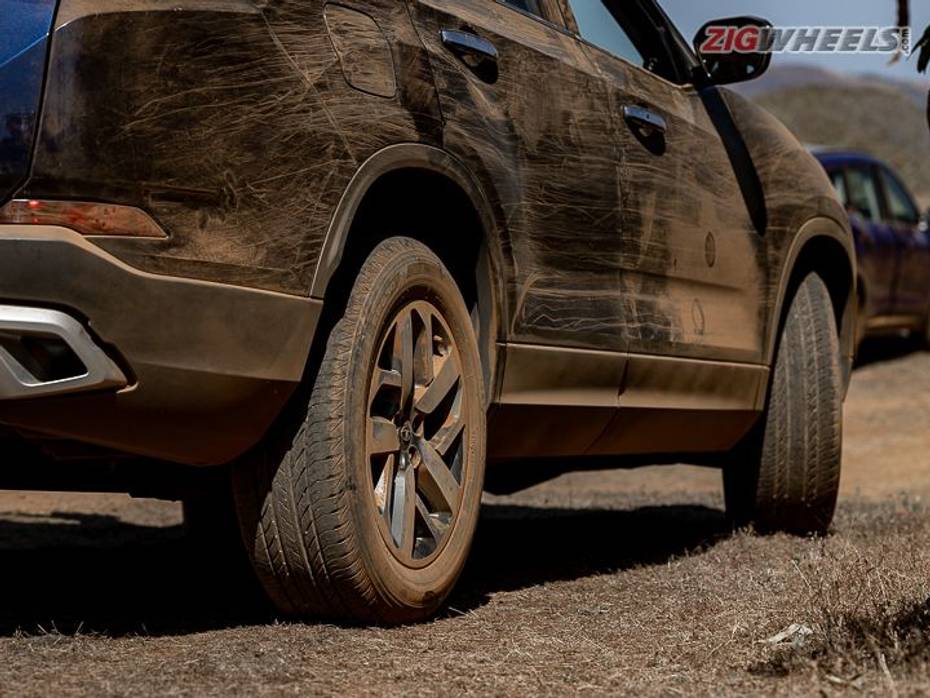
It is generally accepted (because it's mostly true) that SUVs are bulky and rugged with more ground clearance and typically have diesel power coupled with off-roading-suitable creds and an AWD. However, in recent years, SUVs have increasingly become more affordable, leading to a shift in the once-telltale SUV attributes, making them more practical and daily-drive-friendly.
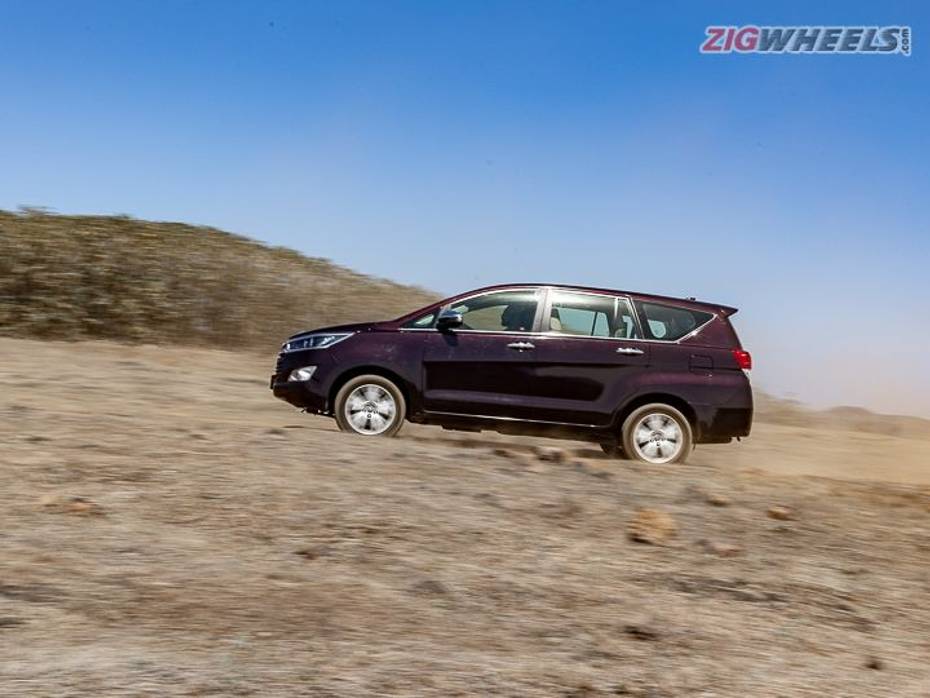
In this comparison, we pit two of the most popular mid-size SUVs today -- Mahindra XUV700 and Tata Safari -- against one of the best-selling MPVs of all time, the Toyota Innova Crysta. Before we begin, it must be noted that both SUVs are monocoque models, while the Toyota MPV is based on a ladder-frame architecture.
First Up, The Contenders
All three vehicles we tested were diesel-powered variants with automatic gearboxes. Take a look at the specs:
|
Mahindra XUV700 |
Tata Safari |
Toyota Innova Crysta |
|
|
Engine |
2.2-litre diesel |
2-litre diesel |
2.4-litre diesel |
|
Power |
Up to 185PS |
170PS |
150PS |
|
Torque |
Up to 450Nm |
350Nm |
360Nm |
|
Transmission |
6-speed AT |
6-speed AT |
6-speed AT |
|
Drivetrain |
FWD |
FWD |
RWD |
At least on paper, the Mahindra XUV700 shines brighter when it comes to max power and output. Please note that despite being an MPV, the Innova Crysta gets typical SUV traits, including a rear-wheel drivetrain and a ladder-frame chassis, precisely why we pit it against the two big boys.
The Tests
1. Cornering
You're probably familiar with the cornering test we perform on cars. Case in point, do check out our Tata Safari vs Hyundai Alcazar comparo, or the Tata Altroz vs Toyota Glanza. And we did the same with this troika.
As always, the tests were conducted at speeds of 50, 60, and 65kmph. We placed cones along the turns to assess which car could hold its own (and which would knock these off). To add more drama to the challenge, we decided to put all three cars to the test with six members on board (the Innova Crysta and Safari were 6-seaters).
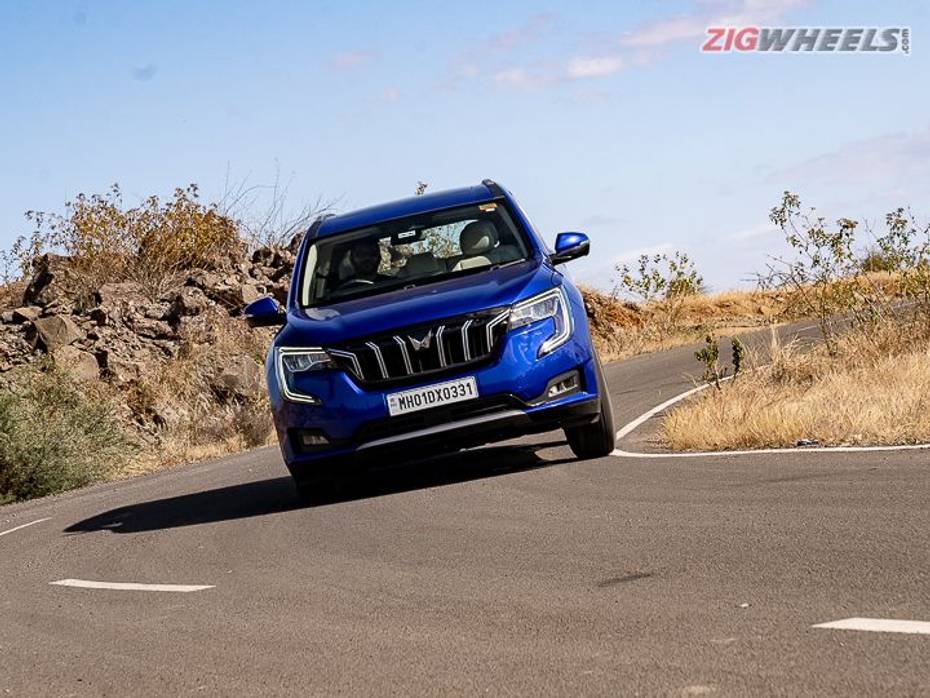
First up was the Mahindra SUV. In the initial 50kmph run, the XUV700 passed the test without any hiccups. However, it toppled two cones in each of the subsequent two runs, primarily due to the understeer. While the steering wheel is agile, we wish it had more feedback on offer.
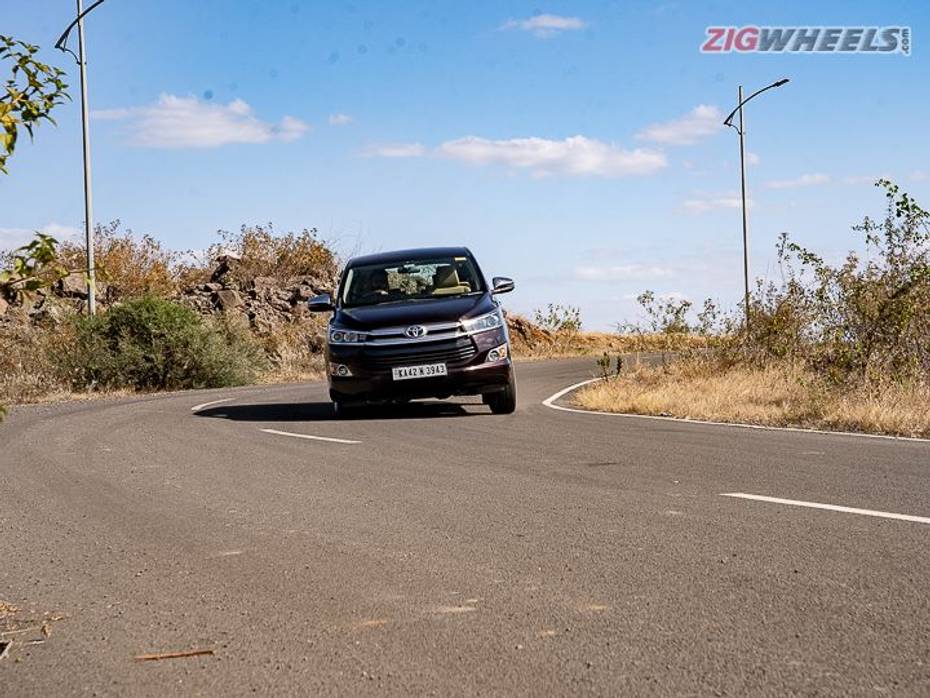
The Innova Crysta was next. To everyone's surprise, the Toyota came clean after the first two runs, killing cones only in the third (at 65kmph). The flip side, though, was the body roll, and the MPV's slow and heavy steering wheel meant the driver had to wrestle it into the turns. The MPV gripped well, but we must say it isn't exactly a sporty drive.
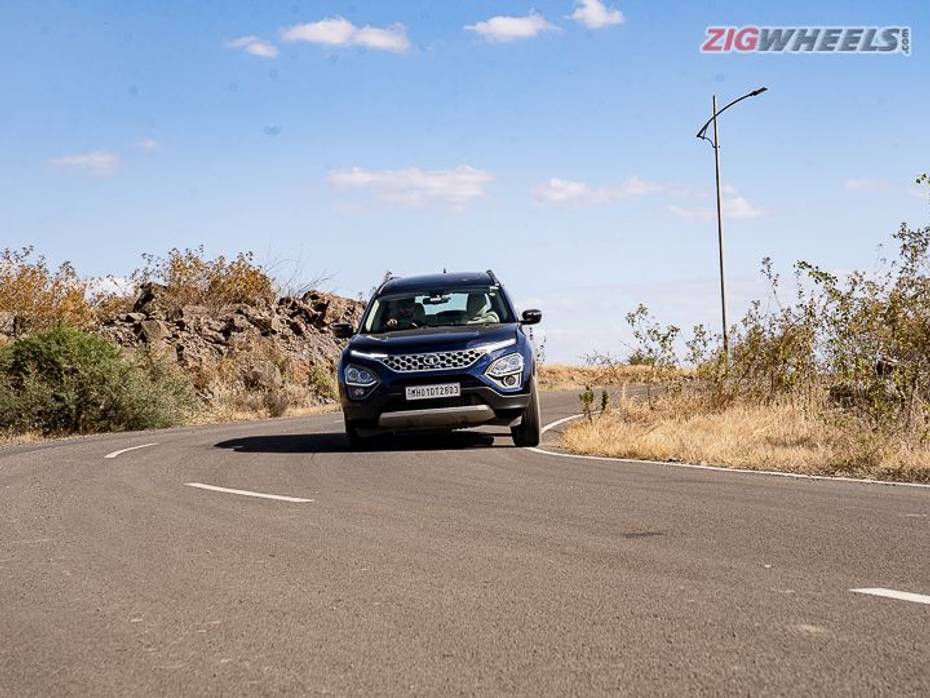
Then, the Tata SUV. While the first run went fairly well, its tail started to come a little loose in the second round. However, at 65kmph, its rear end veered just enough to cause the SUV to run over two cones. That said, it wasn't too bothersome or downright scary.
So, at the end of the first round of tests, the SUV-duo walked away with the honours. While running on tarmac is obviously easier for any car, the true challenge lies in performing when the going gets tough. And so, it was time for another ZigWheels' special -- the MUG test.
2. The MUG Test
If you've been following the ZigWheels YouTube channel, you'll know what the Mug Test is all about. We take cars over not-so-friendly roads with an occupant each in the second and third rows, holding a mug full of water (1 litre). It is essential to give us an idea about what kind of ride you can expect on such rough patches. For these three cars, we had Tushar in the second row and Arun in the third.
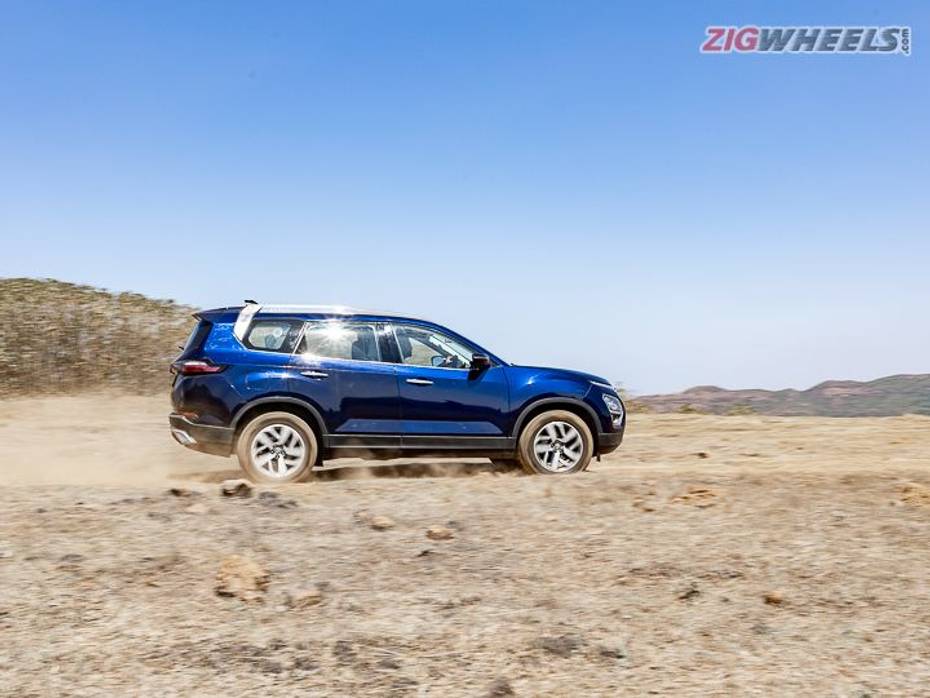
The Tata SUV has already given us an idea of its ability to tackle rough terrains even though some body roll can be felt inside the cabin. It also allows you to go quicker over bad roads to reduce in-cabin impact.
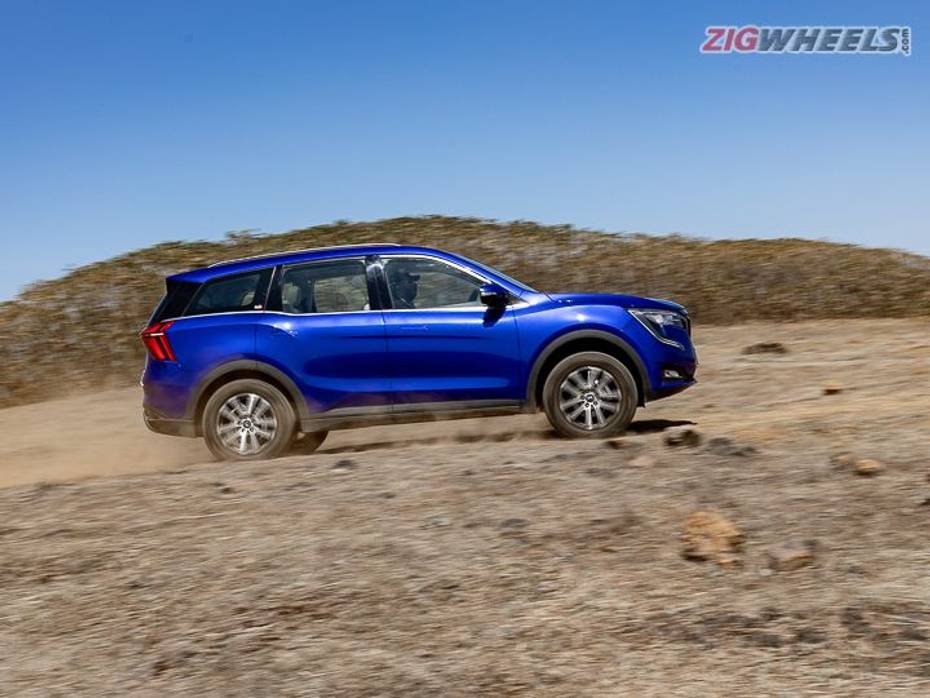
Mahindra's XUV700 is the latest model here and hence, the most feature-loaded among the three, including the AWD (the unit we tested didn't have it). That said, it does soak in bumps with ease and tunes out all the imperfections.
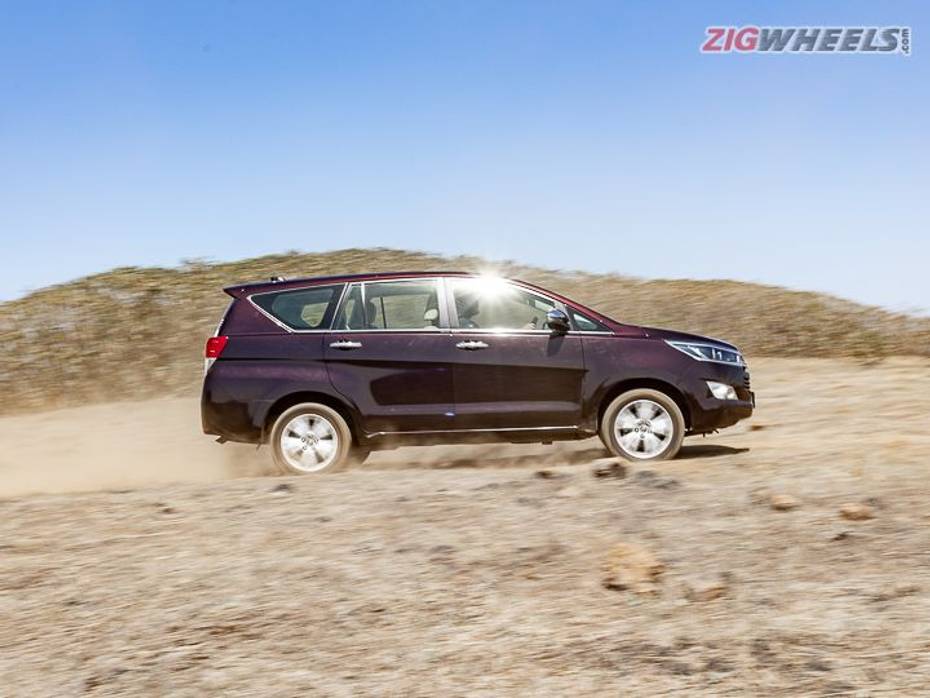
The final vehicle was the Toyota Innova Crysta. While it is an MPV, sure, the rear-wheel drivetrain and ladder-frame chassis from the Fortuner make it a capable off-roader. And surprisingly, it was inside the Toyota where both Tushar and Arun felt the most comfortable, and there was the least spillage.
Here's a look at the results:
|
Tata Safari |
Mahindra XUV700 |
Toyota Innova Crysta |
|
Mug readings |
Tushar- 540ml |
Tushar- 680ml |
Tushar- 740ml |
|
Arun- 860ml |
Arun- 860ml |
Arun- 900ml |
3. Hill Climb
In this test, we put the three cars on a timed run up a sharp gradient, scattered with rocks, fine sand, and even gravel. Oh, this test also saw the six of us occupying Yes, in this test, too, the cars had to take on this challenge with six members!
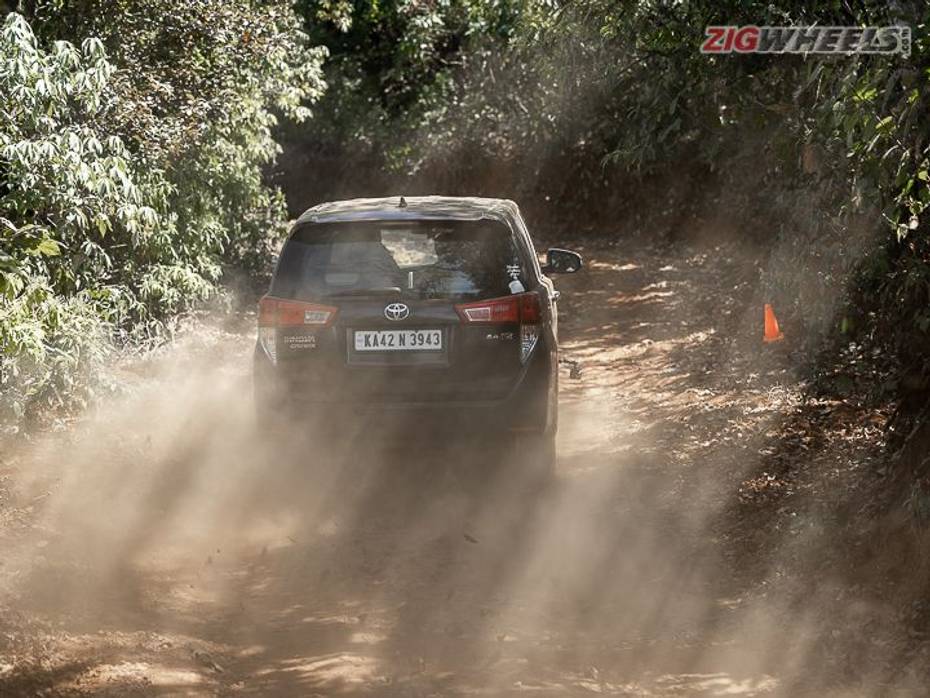
First, we took the Innova Crysta. It doesn't have any of the fancy stuff -- neither the off-road modes nor a significant power and torque advantage over the others. Yet, it has the biggest advantage here -- a rear-wheel drivetrain. The MPV's drive axle found support from all the weight of the members seated inside. This took the load off the vehicle, and it managed to finish the climb, without much hard throttle inputs, in under 23 seconds. The benefit of RWD going uphill is that even without load (while accelerating), the motion takes the weight off the front axle and puts it onto the rear, which is why cars like the Innova Crysta, Bolero, Sumo, and Scorpio are preferred in India's hilly regions.
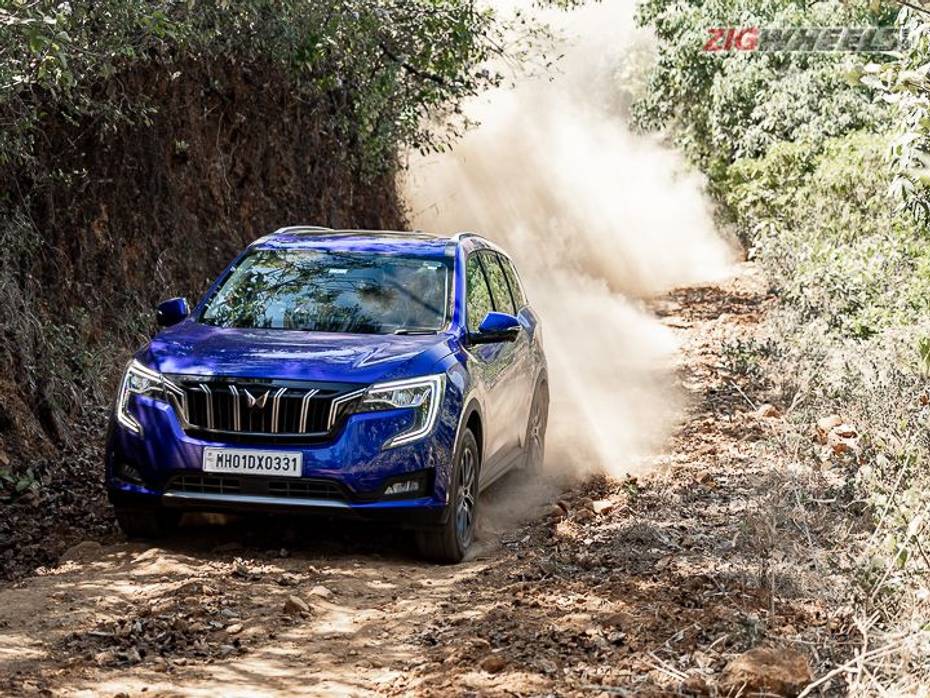
Moving on to the SUVs, it was the XUV700 first. While it was the most powerful and torquiest model in this comparison, all that wasn't of much help as it had a front-wheel drivetrain. The absence of traction modes only adds to your woes in such scenarios. So, while the XUV had no lack of power, putting it down without overpowering the tyres was difficult. With these points against the SUV, it naturally took two attempts to complete the test, killing almost 38 seconds in the process (of course, with some crazy pyrotechnics behind the wheel).
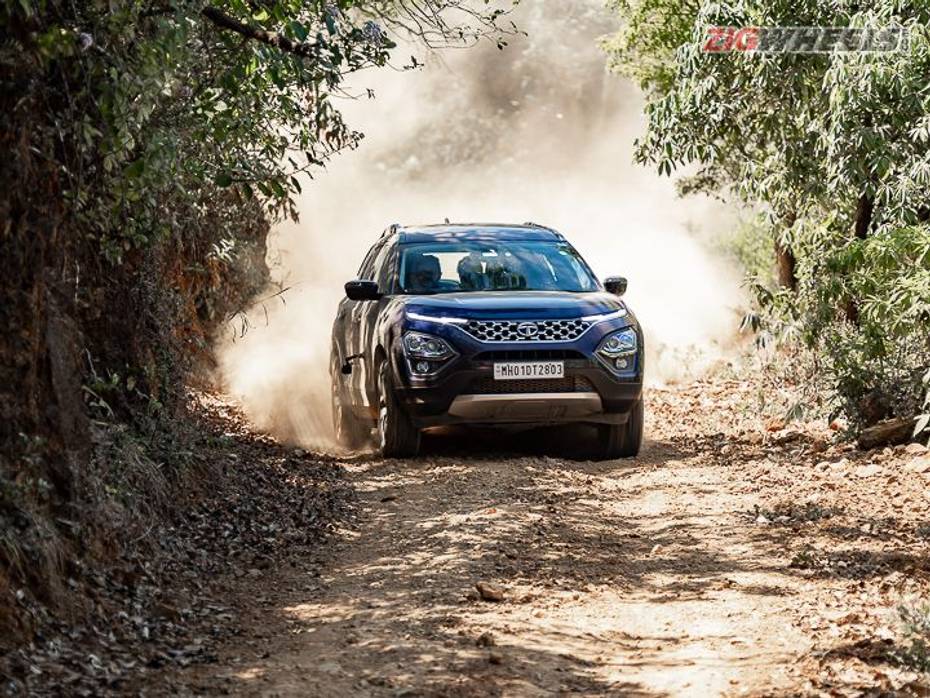
Lastly, it was the Tata Safari's turn. Although the carmaker has equipped it with a Rough Road ESP mode, it didn't prove useful enough as it kept cutting power too quickly and harshly. So once again, it was up to the person driving the SUV to take care of things. On the upside, though, its front doesn't bounce around as much as the XUV700, putting power down a little more efficiently.
Before we head to the verdict, let's quickly see how each of them fares in the ride quality department:
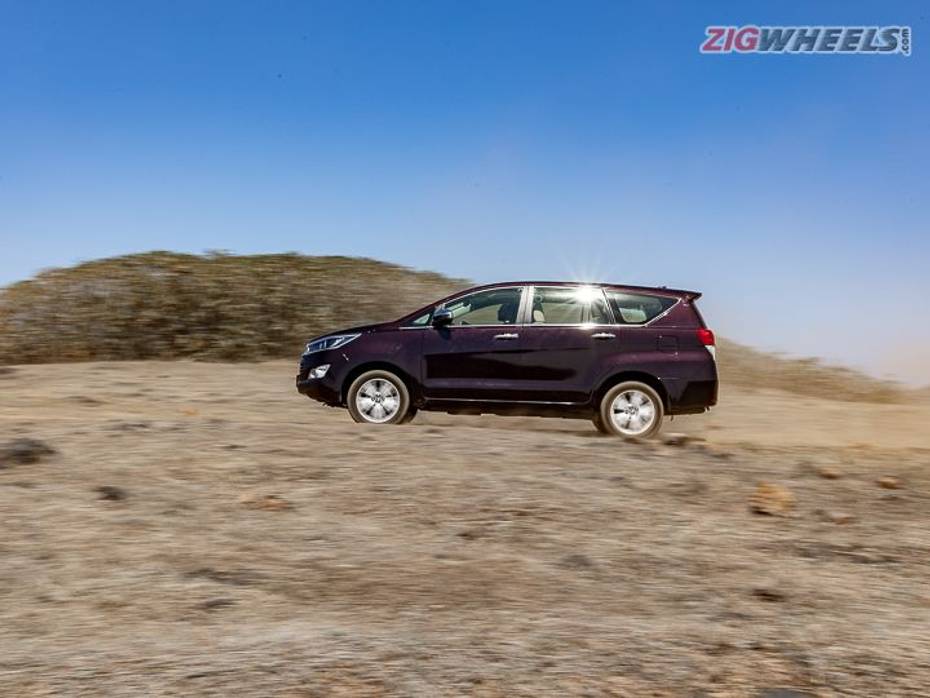
Toyota Innova Crysta
Toyota's MPV has always been a comfort-first people mover. While it doesn't entirely disallow vibrations from making their way into the cabin, they won't be noticeable at higher speeds. One downside, though, is the heavy steering wheel, but it does weigh up well once you get over the low-speed phases.
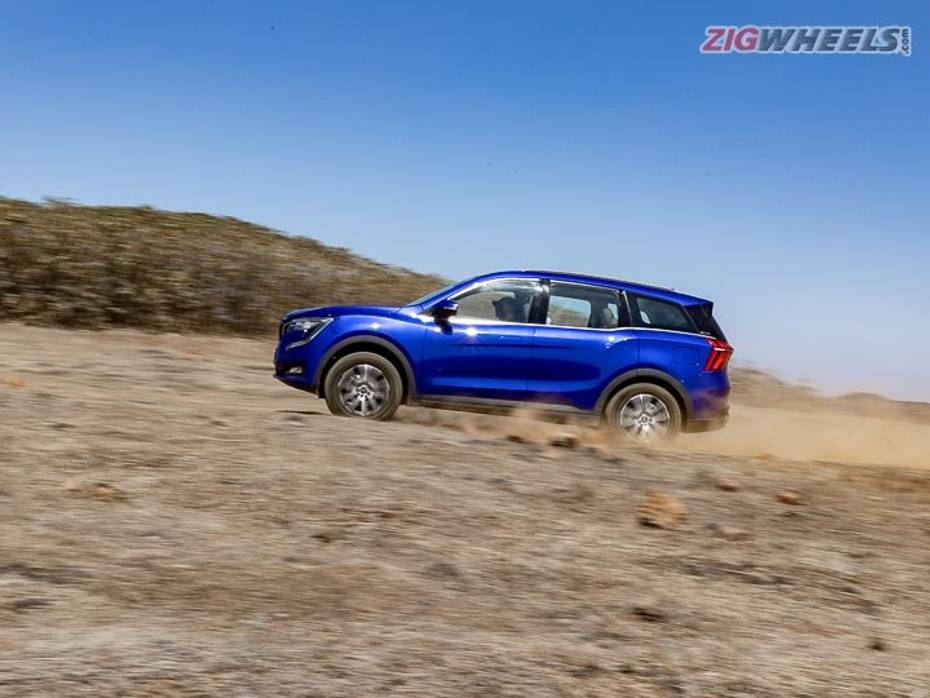
Mahindra XUV700
The XUV700 comes with selective damping, helping it stay stable at corners and over smaller bumps. It also feels planted at high speeds and takes on undulations with ease, so it should not worry its occupants on longer drives. Although there is some body roll and understeer at corners, it's best to stick to a moderate speed to keep the SUV stable. Also, it's the XUV700's steering wheel that feels the lightest of the three, leaving you wanting for slightly more response.
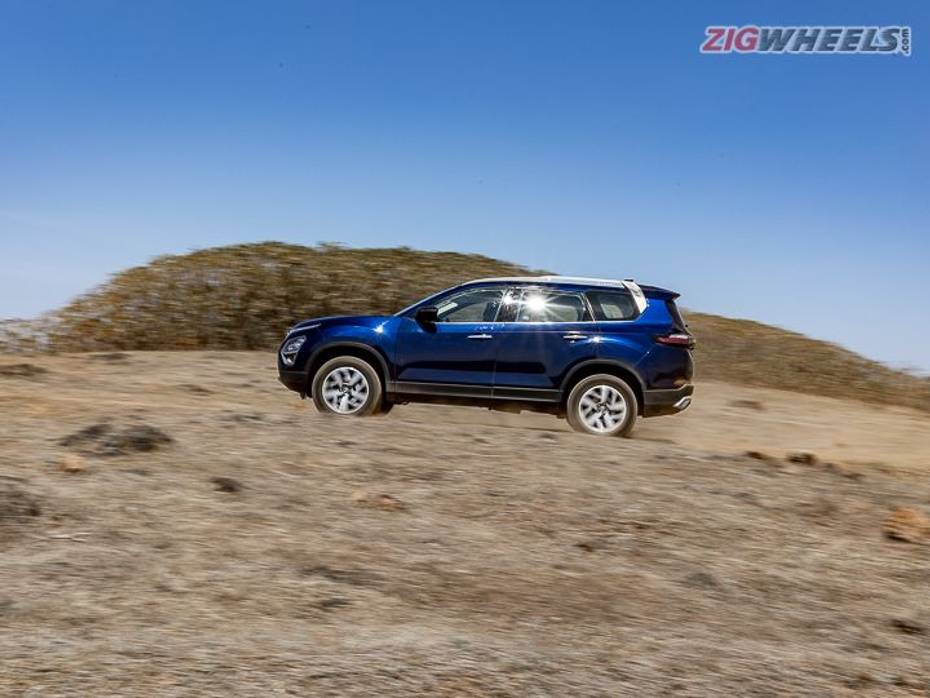
Tata Safari
Like the other two models here, the Safari is more of a comfort-first offering. While you will feel the bumps and rough patches, they won't become bothersome. Its steering weight is somewhere between the Innova Crysta and the XUV700.
Verdict
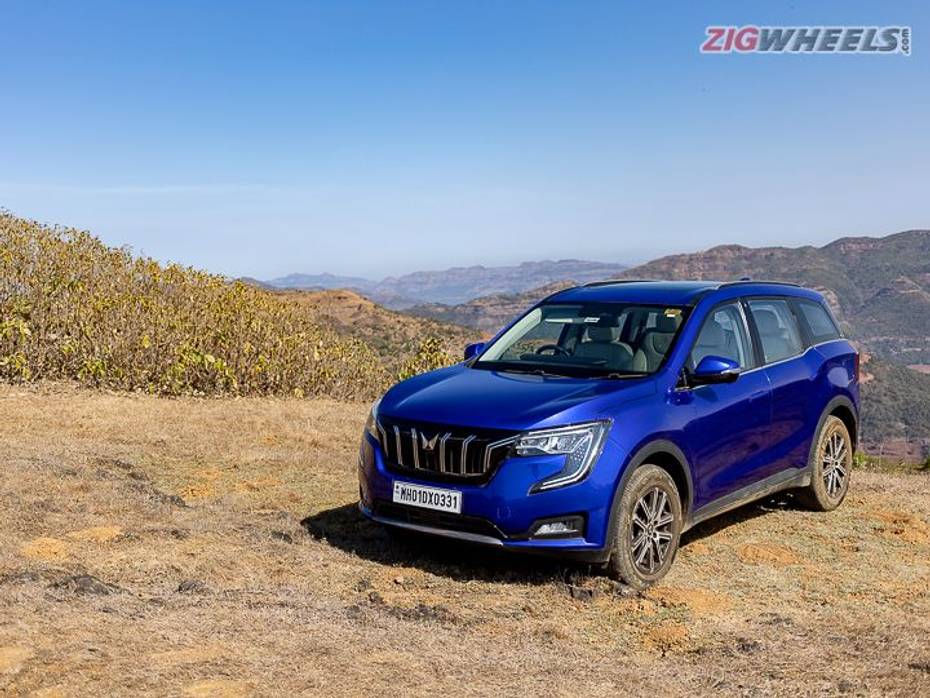
After putting the three through their paces, it's time to address the objective of this comparison -- is there a clear winner here? You'd be pardoned for believing that the SUV duo would outperform the Innova Crysta due to... well, them being SUVs. And you are right; that's because, on paper, both score more points than the MPV in the looks, features, and driving dynamics department.

However, where the Innova Crysta takes the clear lead is in its off-road creds, boasting a couple of classic SUV attributes, including its platform and the rear-wheel drivetrain. In conclusion, we reckon the Innova Crysta, despite its MPV tag, is undoubtedly a serious contender if you are looking for a family car that is also a good fit off the beaten path.
India's largest automotive community
 MG Astor First Drive Review: Standing Out In Style
MG Astor First Drive Review: Standing Out In Style
 2021 Mahindra XUV700: First Drive Review
2021 Mahindra XUV700: First Drive Review
 Kia Sonet Driven: More Than Just A Great Brochure?
Kia Sonet Driven: More Than Just A Great Brochure?
 Rolls-Royce Ghost Series II
Rs. 8.95 Crore
Rolls-Royce Ghost Series II
Rs. 8.95 Crore
 Kia Syros
Rs. 8.99 Lakh
Kia Syros
Rs. 8.99 Lakh
 Vayve Mobility Eva
Rs. 3.25 Lakh
Vayve Mobility Eva
Rs. 3.25 Lakh
 BMW X3
Rs. 75.80 Lakh
BMW X3
Rs. 75.80 Lakh
 Hyundai Creta Electric
Rs. 17.99 Lakh
Hyundai Creta Electric
Rs. 17.99 Lakh